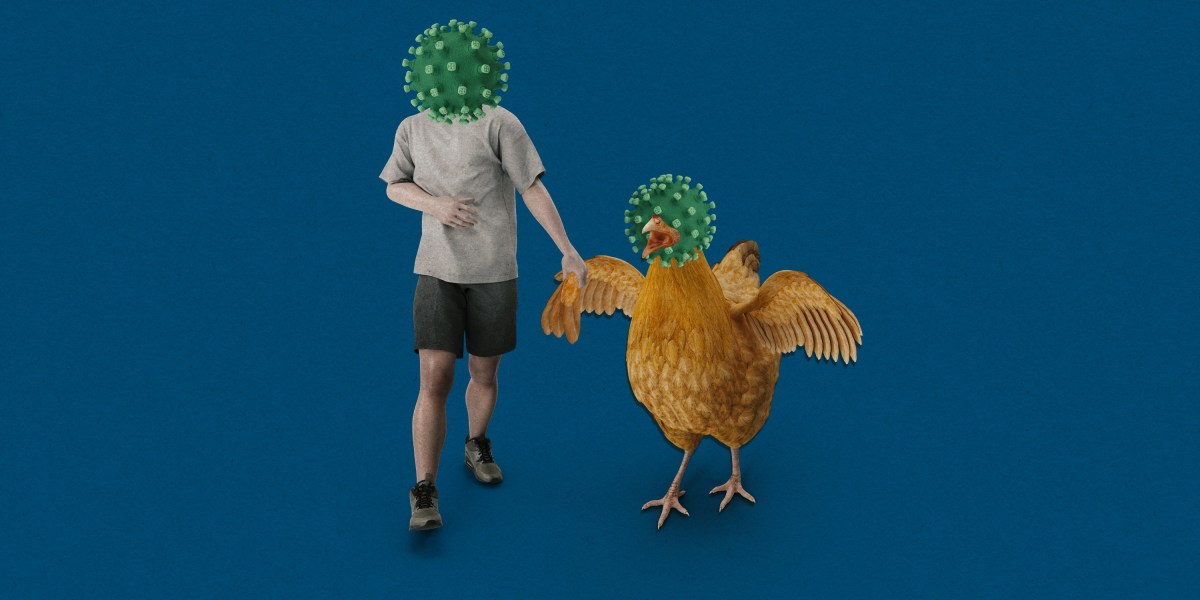I was reminded of that fact when my littlest woke me for an early-morning cuddle, sneezed into my face, and wiped her nose on my pajamas. I booked her flu vaccine the next morning.
In the US, the Centers for Disease Control and Prevention recommends the flu vaccine for everyone over six months old. This year, following the spread of the “bird flu” H5N1 in cattle, the CDC is especially urging dairy farm workers to get vaccinated. At the end of July, the organization announced a $10 million plan to deliver free flu shots to people who work with livestock.
The goal is not only to protect those workers from seasonal flu, but to protect us all from a potentially more devastating consequence: the emergence of a new form of flu that could trigger another pandemic. That hasn’t happened yet, but unfortunately, it’s looking increasingly possible.
First, it’s worth noting that flu viruses experience subtle changes in their genetic makeup all the time. This allows the virus to evolve rapidly, and it is why flu vaccines need to be updated every year, depending on which form of the virus is most likely to be circulating.
More dramatic genetic changes can take place when multiple flu viruses infect a single animal. The genome of a flu virus is made up of eight segments. When two different viruses end up in the same cell, they can swap segments with each other.
These swapping events can create all-new viruses. It’s impossible to predict exactly what will result, but there’s always a chance that the new virus will be easily spread or cause more serious disease than either of its predecessors.
The fear is that farm workers who get seasonal flu could also pick up bird flu from cows. Those people could become unwitting incubators for deadly new flu strains and end up passing them on to the people around them. “That is exactly how we think pandemics start,” says Thomas Peacock, a virologist at the Pirbright Institute in Woking, UK.

